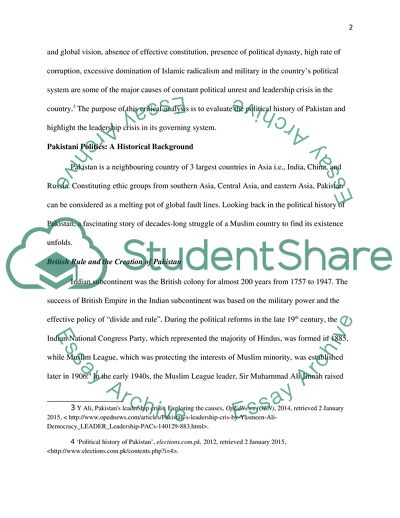Cite this document
(Leadership Crisis in Pakistan Coursework Example | Topics and Well Written Essays - 4000 words, n.d.)
Leadership Crisis in Pakistan Coursework Example | Topics and Well Written Essays - 4000 words. https://studentshare.org/politics/1854979-leadership-crisis-in-pakistan
Leadership Crisis in Pakistan Coursework Example | Topics and Well Written Essays - 4000 words. https://studentshare.org/politics/1854979-leadership-crisis-in-pakistan
(Leadership Crisis in Pakistan Coursework Example | Topics and Well Written Essays - 4000 Words)
Leadership Crisis in Pakistan Coursework Example | Topics and Well Written Essays - 4000 Words. https://studentshare.org/politics/1854979-leadership-crisis-in-pakistan.
Leadership Crisis in Pakistan Coursework Example | Topics and Well Written Essays - 4000 Words. https://studentshare.org/politics/1854979-leadership-crisis-in-pakistan.
“Leadership Crisis in Pakistan Coursework Example | Topics and Well Written Essays - 4000 Words”. https://studentshare.org/politics/1854979-leadership-crisis-in-pakistan.


